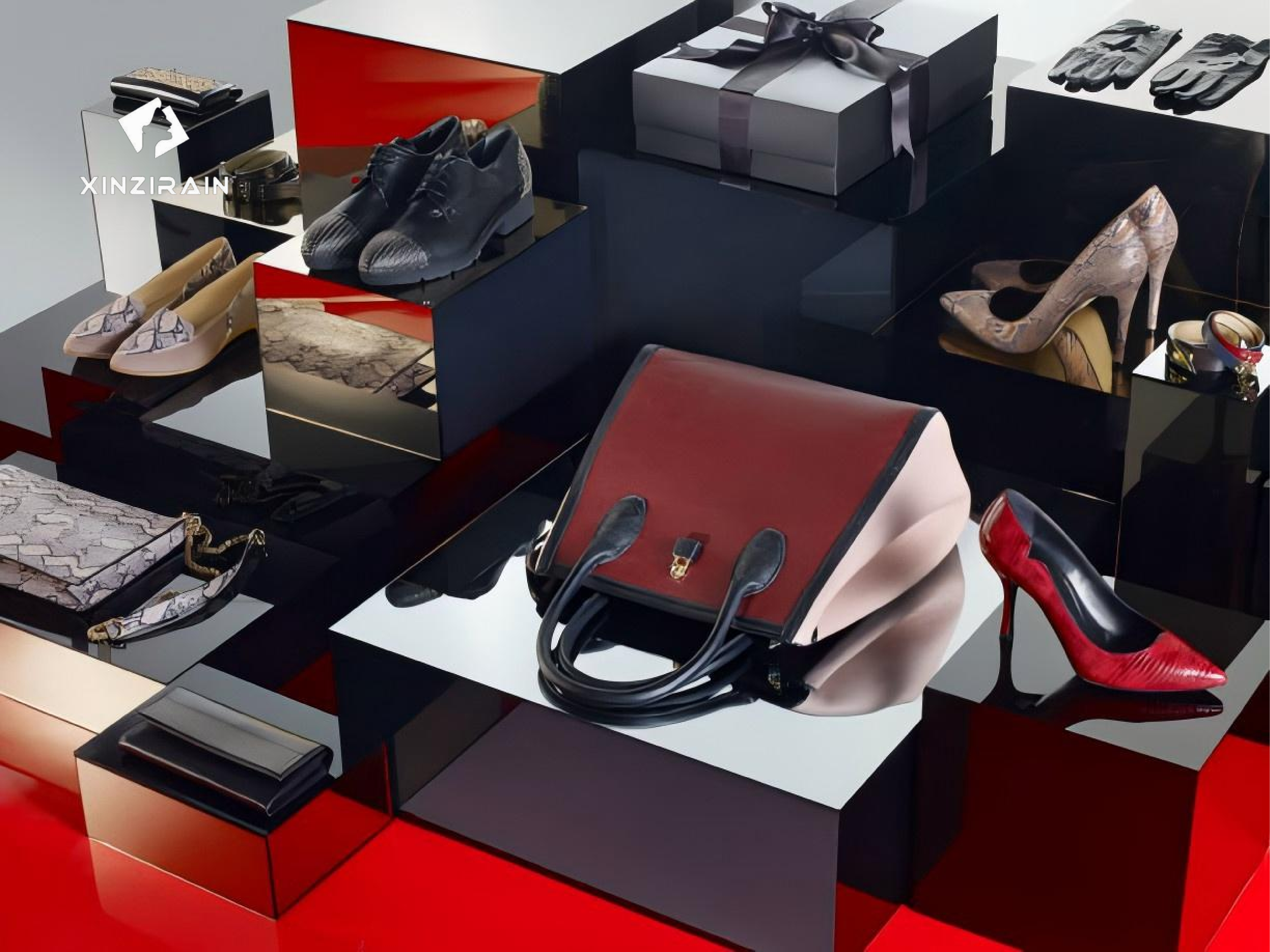
የከረጢት ሥራ ለመጀመር በፋሽን ዓለም በተሳካ ሁኔታ ለመመሥረት እና ለመለካት የስትራቴጂክ ዕቅድ፣ የፈጠራ ንድፍ እና የኢንዱስትሪ ግንዛቤን ይጠይቃል። ትርፋማ የሆነ የቦርሳ ንግድ ለማቋቋም የተዘጋጀ የደረጃ በደረጃ መመሪያ ይኸውና፡
1. የእርስዎን ቦታ እና ታዳሚዎች ይለዩ
በመጀመሪያ፣ ለማምረት የሚፈልጉትን የቦርሳ ዘይቤ እና የገበያ ቦታ ይወስኑ። ቀጣይነት ያለው የመጫወቻ ቦርሳዎች፣ ከፍተኛ ደረጃ የቆዳ ቦርሳዎች ወይም ሁለገብ የአትሌቲክስ ቦርሳዎች እየፈለጉ ነው? የእርስዎን ዒላማ የስነ ሕዝብ አወቃቀር እና ወቅታዊ አዝማሚያዎችን መረዳት፣ እንደ ፍላጎትኢኮ-ተስማሚ ቁሶችወይም ልዩ ንድፎች፣ የምርትዎን ይግባኝ እና የዋጋ አወጣጥ ስልት ለመወሰን ይረዳል

3. የምንጭ ጥራት እቃዎች እና መሳሪያዎች
የደንበኞችን ፍላጎት ለማሟላት እንደ ጠንካራ ቆዳ፣ የቪጋን ቁሶች ወይም እንደገና ጥቅም ላይ የዋሉ ጨርቆችን ከብራንድዎ ጋር የሚስማሙ ከፍተኛ ጥራት ያላቸውን ቁሶችን ያውጡ። አስፈላጊ መሣሪያዎች የኢንዱስትሪ የልብስ ስፌት ማሽኖችን ፣ ሮታሪ መቁረጫዎችን እና ከመጠን በላይ መቆለፊያ ማሽኖችን ያጠቃልላል። አስተማማኝ የቁሳቁስ ጥራት ያለው አስተማማኝ የአቅርቦት ሰንሰለት ቦርሳዎ የገበያ ደረጃዎችን እንደሚያሟሉ እና በደንበኞች መካከል መተማመን እንዲፈጠር ያደርጋል
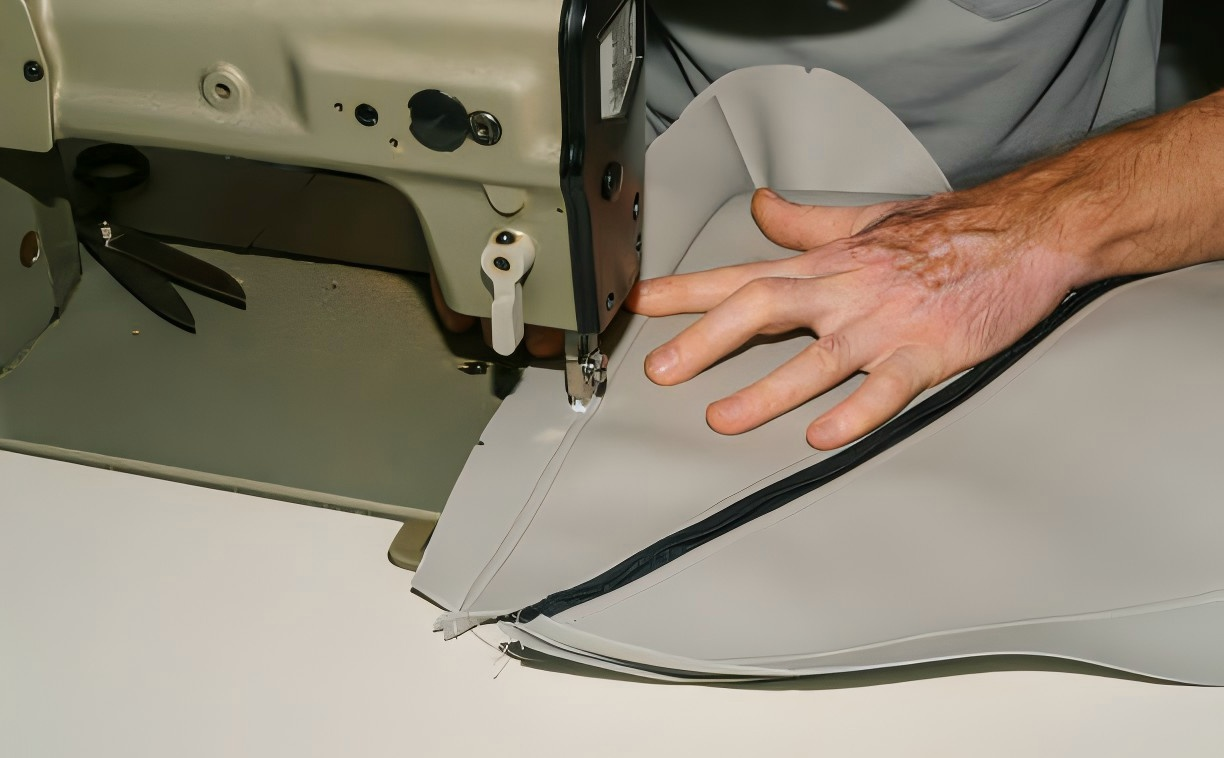
5. የሽያጭ ቻናሎችን ያዋቅሩ
ለአዳዲስ ንግዶች እንደ Etsy ወይም Amazon ያሉ መድረኮች አለምአቀፍ ታዳሚ ለመድረስ ወጪ ቆጣቢ ሲሆኑ ብጁ የ Shopify ድረ-ገጽ ደግሞ የምርት ስም ማውጣትን ይቆጣጠራል። ለዒላማዎ ገበያ እና በጀት የትኛው የተሻለ እንደሚሰራ ለመወሰን በሁለቱም ዘዴዎች ይሞክሩ። ለመጀመሪያ ጊዜ ገዢዎች ቅናሾችን ወይም የማስተዋወቂያ ቅናሾችን መስጠት ታማኝ ደንበኛን ሊስብ ይችላል።
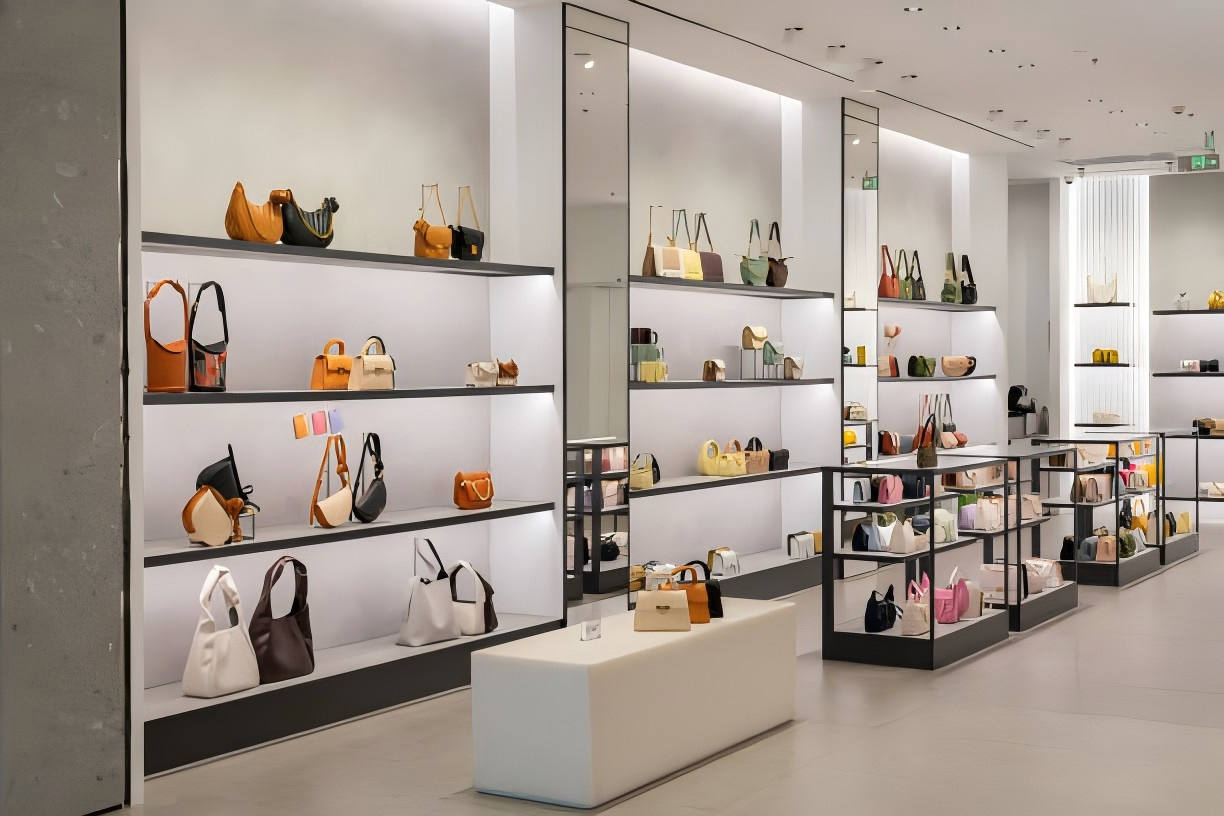
2. የንግድ እቅድ እና የምርት መታወቂያ ያዘጋጁ
የንግድ እቅድዎ ግቦችን፣ ታዳሚዎችን፣ የጅምር ወጪዎችን እና የሚጠበቁ የገቢ ምንጮችን መዘርዘር አለበት። ስም፣ አርማ እና ተልዕኮን ጨምሮ የተቀናጀ የምርት መለያ መገንባት ምርቶችዎን በገበያ ውስጥ ለመለየት ያግዛል። እንደ Instagram እና Pinterest ባሉ ማህበራዊ ሚዲያ መድረኮች ላይ ጠንካራ የመስመር ላይ ተገኝነት መፍጠር ከተመልካቾችዎ ጋር ለመሳተፍ አስፈላጊ ነው።
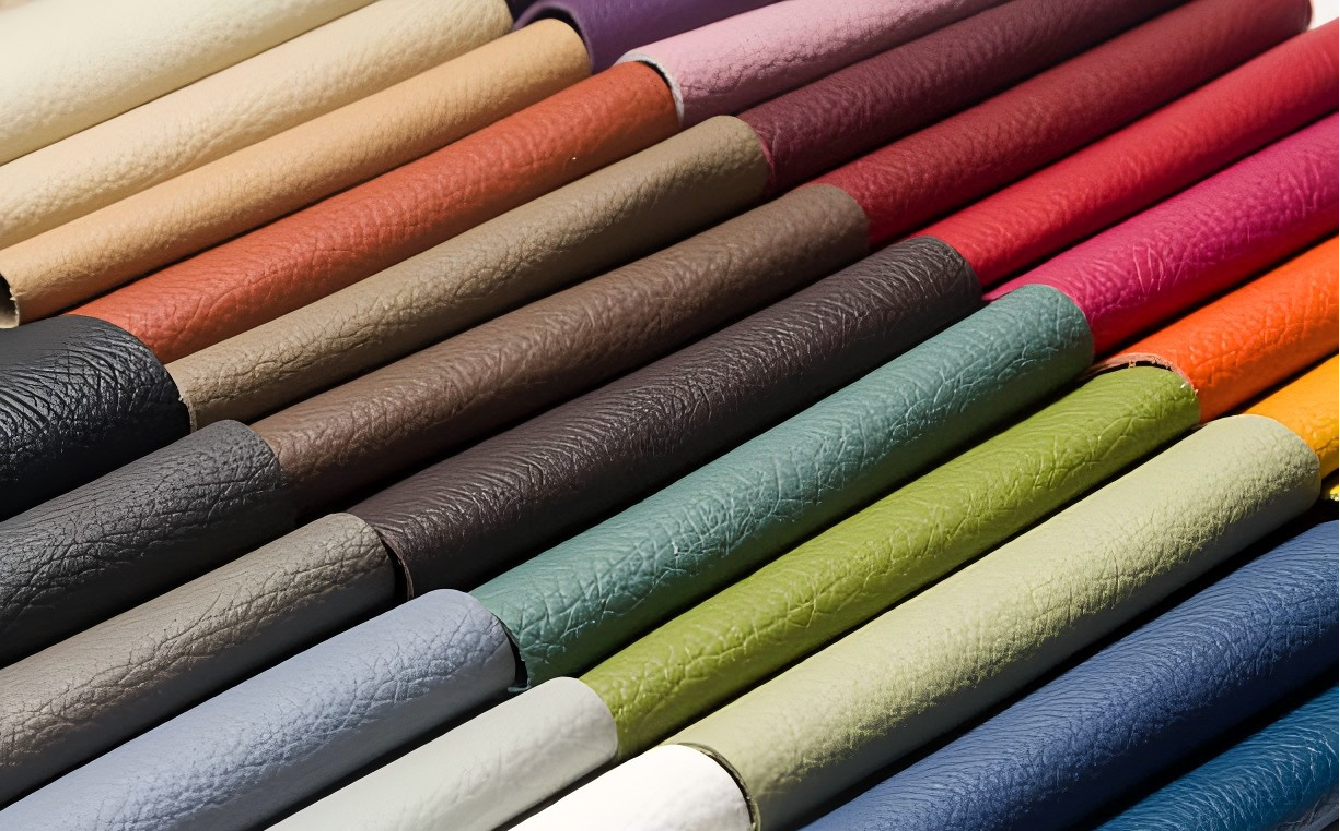
4. ንድፍዎን ይቅረጹ እና ይሞክሩት።
ፕሮቶታይፖችን ማዳበር የንድፍ ተግባራትን ለመፈተሽ እና ግብረመልስ ለመሰብሰብ ያስችልዎታል. በትንሽ ባች ይጀምሩ እና በጅምላ ምርት ላይ ከመዋልዎ በፊት ፍላጎትን ለመገምገም የተገደበ እትም ለማቅረብ ያስቡበት። በመነሻ ግብረመልስ ላይ የተመሰረቱ የንድፍ እና የቁሳቁስ ማስተካከያዎች የመጨረሻውን ምርት እና የደንበኞችን እርካታ በእጅጉ ሊያሻሽሉ ይችላሉ
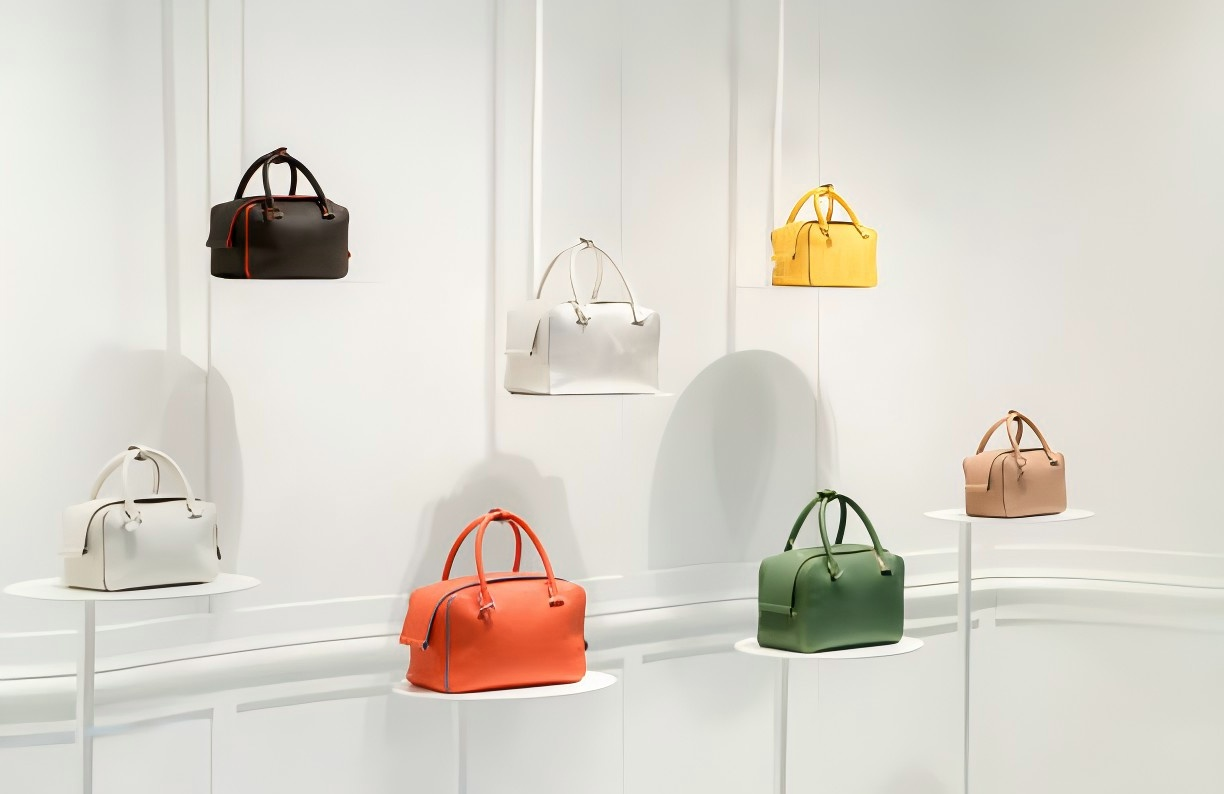
የኛን ብጁ የጫማ እና ቦርሳ አገልግሎት ይመልከቱ
የእኛን የማበጀት ፕሮጀክት ጉዳዮችን ይመልከቱ
አሁን የራስዎን ብጁ ምርቶች ይፍጠሩ
የልጥፍ ሰዓት፡- ህዳር-08-2024